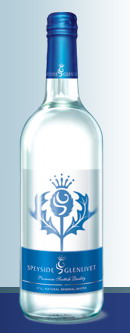
Whisky expert Jim Murray awarded a record-equalling 97.5 marks out of 100 to Suntory’s Yamazaki Single Malt Sherry Cask 2013, hailing it as “near indescribable genius” in his comments in the forthcoming 2015 World Whisky Bible.
It is the first time since the guide was first published 12 years ago that the top award has gone to a whisky from Japan. The country’s whiskies were once the butt of jokes but have won a slew of awards and widespread critical acclaim in recent years. To compound the pain felt in the spiritual home of the “water of life”, this is the first time that not a single Scottish whisky made it into the top five in Murray’s respected guide.
Second, third and fourth places in this year’s awards went to three bourbons from the US; the prize for best European whisky went to Chapter 14 Not Peated, from the English Whisky Company.
Murray warned Scottish distilleries that reputations counted for little now that other countries were producing their own world-class whiskies. “Where were the complex whiskies in the prime of their lives? Where were the blends which offered bewildering layers of depth?” he wrote. “It is time for a little dose of humility … to get back to basics. To realise that something is missing.”

